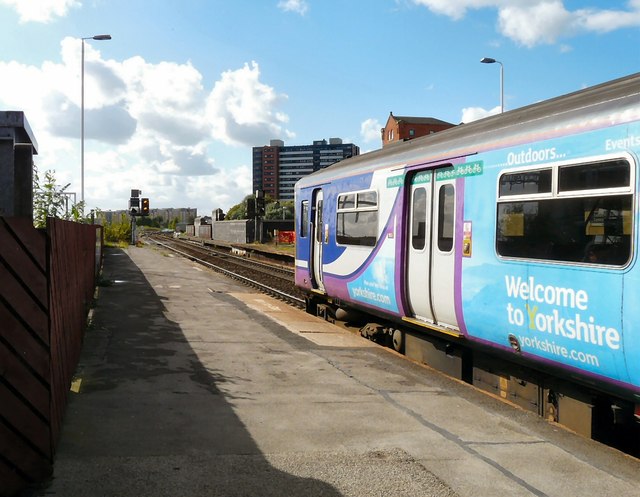I was wondering if L&Y platforms were lower than normal, or was there no such thing as a standard height?
On my old line (sorry!) one photo shows at one station a pair of small platform steps to help with getting onto a carriage, and in a different topic I was talking about releasing wagon brakes at another station... it was suggested that if the platform was lower, you would be able to release the brakes from the platform rather than on the other side i.e. in the way of the other main running line.
I would have thought you'd want the platforms to be a comfortable height for passengers to get on / off carriages?
Were other companies platforms low?
Was there a standard platform height?
Was it due to carriage design i.e. different from company to company?
Thanks,
Andy.
On my old line (sorry!) one photo shows at one station a pair of small platform steps to help with getting onto a carriage, and in a different topic I was talking about releasing wagon brakes at another station... it was suggested that if the platform was lower, you would be able to release the brakes from the platform rather than on the other side i.e. in the way of the other main running line.
I would have thought you'd want the platforms to be a comfortable height for passengers to get on / off carriages?
Were other companies platforms low?
Was there a standard platform height?
Was it due to carriage design i.e. different from company to company?
Thanks,
Andy.

![bott_lane_halt1[1].jpg bott_lane_halt1[1].jpg](https://www.railforums.co.uk/data/attachments/119/119376-64b78a64a4737bd183413659b2442d55.jpg)
